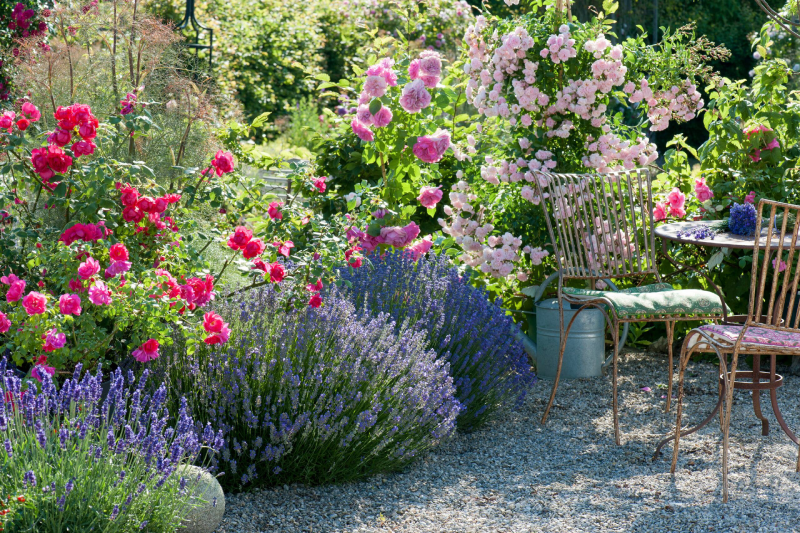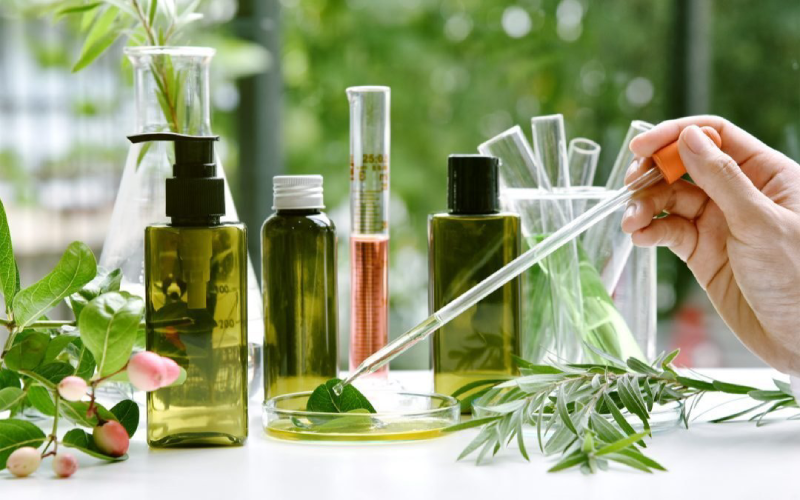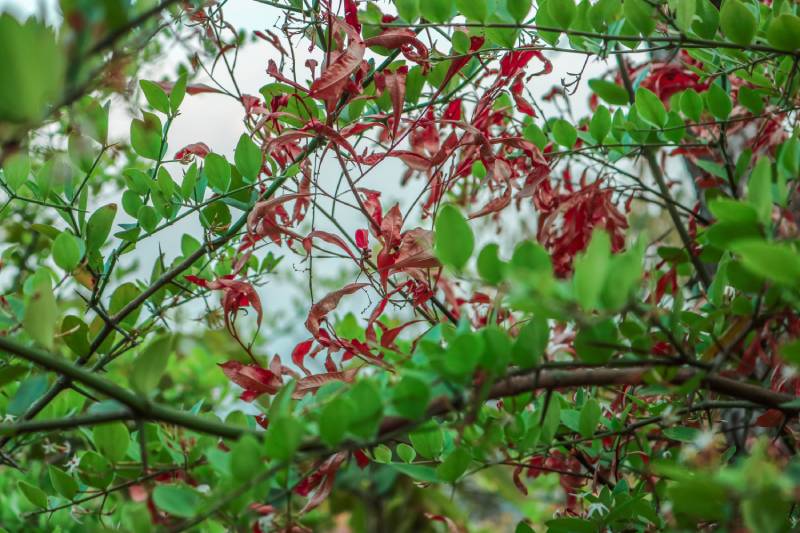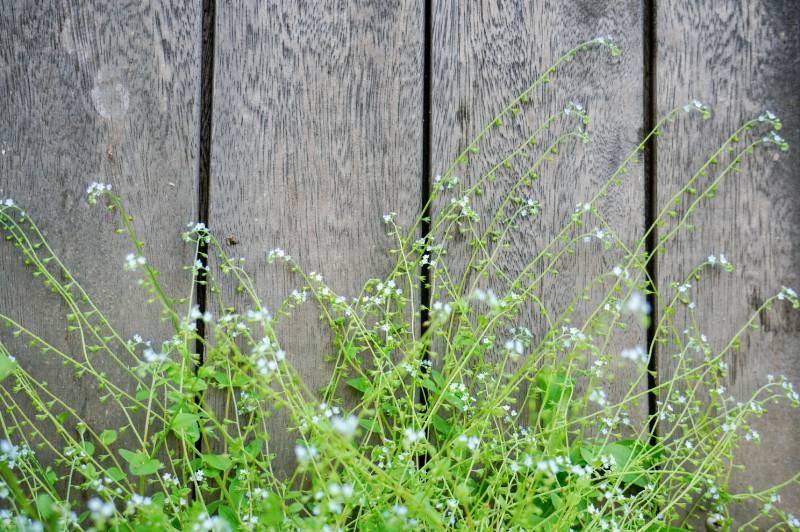10 Plants to Amp Up the Fragrance in Your Home Lawns

Oh, isn’t it an absolute delight to fill your garden and home lawn with all your favorite plants, shrubs, and flowers? To go out in the morning, with your coffee in hand, and find your garden full of vibrant colors and the freshness that is unique to nature?
As delightful as a colorfully coordinated garden with well-planned placement is, it is incomplete if it doesn’t add up to all your senses. The garden coffee scenario above is ruined by your morning breath if your garden doesn’t immediately hit you with delightful fragrances.
This article will list 10 fragrant plants that we’ve carefully selected for your home lawns and gardens. When picking one out, make sure you take into consideration various factors like whether anyone in your family is allergic to certain smells, which type of smell you would like for your garden aesthetic, and whether you’d prefer butterflies, bees, and other insects hovering in your garden (we suggest you should!).
But before that, let us try in brief to understand why fragrance is important beyond the fact that it makes us feel good and whether there is a certain biological reason behind our aromatic preferences and habits.
The Role of Fragrance

There are around 400 olfactory receptors in our nose, and each responds differently to different smells. Like all receptors, the olfactory receptors also transfer information directly to the brain. The part of the brain that they inform, the limbic system, also happens to be the most ancient part of our brain, which is responsible for emotional responses.
This tells us that the smells we smell are directly connected to our emotions which is why certain smells elicit certain responses from us. These emotional connections are also stored in our memory in relation to these smells. That is why a whiff of a smell from your childhood gives you a quick, fragrant flashback.
The reason why aroma therapy is a thing and works surprisingly well is that aromas do, in fact, improve mood and hit certain parts of the brain that produce a soothing effect. Same goes for scented candles.
Having aromatic plants in your garden is not only for aesthetic and pleasing factors but also for the larger wellbeing of your mind and body.
10 Aromatic Plants for Your Home Lawns

White Plumeria
USDA Hardiness Zones: 10-12
Native: Florida
Plumeria is a flowering perennial especially known for its unique and variant smells. Each Plumeria smells unique and has some elements not found in others. They come in a variety of colors like white, pink, red, yellow, and hybrid multi-colored ones. They grow as trees as well as shrubs. Flowers emerge at the top of the branches with five petals each, exactly like the flowers we used to draw as kids. They bloom from the beginning of summer to fall. They can be planted in containers as well. They are drought tolerant, which means watering need not be regular, but during especially dry spells, water consistently. Almost no pests trouble Plumeria, so you needn’t worry about that.
A cautious note necessary to be made is that Plumerias are toxic. Their stems and branches, when cut or when the flower is plucked, produce milky white liquid, which is toxic to animals and humans. It might lead to mild stomach, intestine, and skin issues if in contact for a long time or if consumed. This doesn’t mean you can’t have their fragrance gracing your garden; it just means you should take precautions to ensure no pets or kids ingest the flower or the sticky substance. Even contact with it might cause dermatitis, so make sure you wash your hands after touching it.
Sweet Alyssum
USDA Hardiness Zone: 5-9
Native: Mediterranean, Canary Islands, Azores
Sweet Alyssum can be a sweet asylum from your daily struggles. This plant has flowers that bloom in tiny little fragments and produce just as sweet a smell as their name indicates. This honeylike smell draws in butterflies and other pollinators as well, bringing a whole new world into your garden.
Sweet alyssums need full sun, but partial shade works, too. Make sure the soil is well drained before you plant it. They are generally white, but you can also find them in dark purple, baby pink, and peach-ish shades. They are best suited to rocky regions and are native to the Mediterranean, Canary Islands, and Azores.
Mexican orange blossom
USDA Hardiness Zone: 7-10
Native: Southern North America
No smell is as refreshing as that of an Orange. And these orange blossoms give you the smell of oranges without the fruits themselves. Mexican Orange is a flowering plant that decks up with orange-scented white flowers around spring through summer. These are not only special because of their smell but also because they give your garden a fuller look with their bushy leaves garlanded with white flowers.
This plant can be grown in containers. It grows fast for the first few years, after which the speed is more casual. Carry out pruning whenever necessary and keep it in full to partial shade. Water moderately. The flowers later give way to non-edible fruits.
Wisteria
USDA Hardiness Zone: 5-8
Native: Southern, Northern, and Midwest America
Wisteria is the best vine to adorn your garden with. You can coil it around your garden door or let it grow on a wall. Known to add luster and charm to every place they grow in, Wisteria has purple flowers that bloom in spring.
They need to be watered consistently, and though full sun is preferable, they can be kept in partial shade.
Moonflower
USDA Hardiness Zone: 9-12
Native: Florida and Texas
Moonflower has received its name for a reason. The flowers of a moonflower bloom only at night, and when they do, the smell is mesmerizing. Perhaps, along with morning coffees, you can spend your fitful nights in your garden as well and let the smell of a moonflower lull you to sleep. They should be watered moderately and be given a full sun.
These plants are extremely beautiful, and will one hundred percent enliven your garden, but beware, it is toxic to both animals and humans. Do not eat them and make sure no pets and kids do either.
Jasmine
USDA Hardiness Zone: 6-10
Native: South and Southeast Asia, Europe
Jasmine is a plant that almost everyone knows about mostly through its widespread use in perfumes and scents. A jasmine in your garden will indeed overpower all other smells.
There are hundreds of species of jasmine to choose from, and their flowers come in a great variety of colors and sizes. They require full to partial sun, and watering can be moderate.
Crabapple Tree
USDA Hardiness Zone: 4-8
Native: North America, Europe, Asia
No tree will ever mesmerize you like a crabapple will. Their lush, colorful and branched out visual is one to die for. If your garden is big enough to plant a tree, this is one you cannot miss out on.
Crabapple trees bloom in spring in pink, white, red, and peach colors. Their watering needs require you to make sure there is a consistent level of moisture and that their soil is well-drained. Overwatering can cause rot, so make sure you water them just right. During dry spells, water more.
There is a huge variety of these trees and their flowers. Make sure you do your research well and pick the right one for you. However, a note worth making is that the seed of these apples shouldn’t be consumed.
Lavender
USDA Hardiness Zone: 5-10
Native: Mountainous Mediterranean
Bring the lavender haze into your life through these subshrubs. Lavender will not only add a mix of color and scent to your garden but will also benefit you in multiple other ways. If you love cooking, baking, and health, you know that lavender is used to make cookies and herbal teas. Various DIY activities also use lavender.
Lavender comes in colors ranging from classic purple to pink, blue, and white. They require full sun, although partial shade is welcome during hot summers. Make sure the soil is well-drained and no extra fertilizing is necessary. You can pot them or let them grow directly on the earth. They are drought resistant as well, so watering can be medium to low, not too much.
Daffodils
USDA Hardiness Zone: 3-8
Native: Europe
Daffodils are hardy perennials that will stay by you for years. Their sunflower color and happy-go-lucky yellow will uplift your spirits every time you look at them. They produce a flowery, sweet scent.
Ensure the soil is well-drained, moist and acidic. Keep them in full to partial sun, and water them regularly, but stop after blooming.
Lilacs
USDA Hardiness Zone: 2-8
Native: Europe and Asia
Lilacs are especially recommended as they are sweet scented and bloom in colors that make it seem as if they were hand painted. They attract pollinators and will last longer than you if well kept. Its shades go from purple to pink and from white to cream. They require partial to full sun, well-drained and moist soil. Make sure to prune them as and when necessary.
Mostly lilacs are free of pests and diseases, but in hot weather mildew might infect though it doesn’t do much beyond making the shrub ugly for a while.
Conclusion
In this article, we talked about how fragrance is an important aspect of any garden because of the ecosystem and the biological benefits it provides us. Then, we listed 10 of the best aromatic plants with tips on how to care for them. It is essential to understand that each of us has different olfactory receptors, and some flowers and scents might cause allergies or irritability to you. Research and familiarize yourself with the plant before you buy it. Research also as to how to go about planting and taking care of it.
Happy Gardening!



Leave a Reply